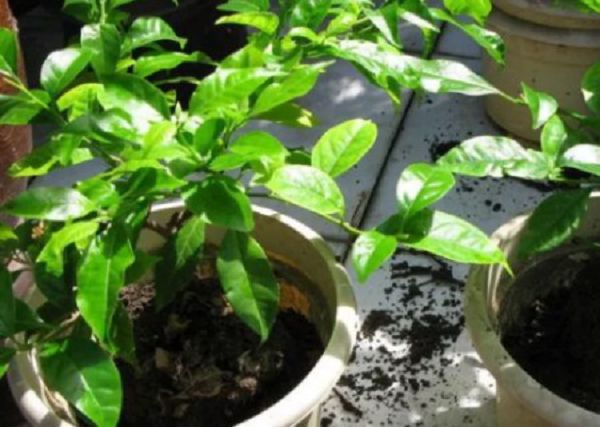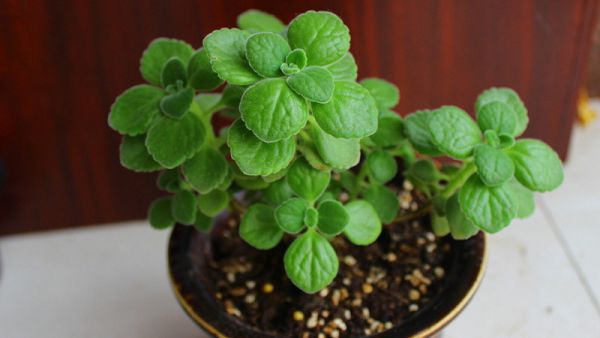What about the leaves falling off after transplanting triangular plum?

As we all know, triangulated plum needs to be transplanted from cutting propagation to growing into an ornamental potted adult tree. Transplanting is to make it grow in a better environment, and whether the transplanting method is scientific and reasonable will directly affect the survival and growth state of the plant. In the last article, the editor told us "how to transplant triangular plum", but if the transplanting method is improper, it may cause a series of problems, which may affect the growth state of young plants and may be fatal.
The most common problem of triangular plum after transplanting is the phenomenon of leaf withering and leaf loss. Of course, compared with withering, the loss of leaves will be more serious. In the article "what to do when the leaves of the Happiness Tree wilt after changing pots", the editor analyzed the phenomenon of withering after transplanting of Happiness Tree and its countermeasures. In fact, triangular plum is also similar, you can refer to it. So, what if the triangular plum loses its leaves after transplanting? Let's first analyze the reasons.
Because it is transplanted to the pot, and the young plants of Prunus mume also need pruning and root pruning before transplanting, which is mainly to save unnecessary nutrient consumption for young plants, so that nutrients are concentrated to be transported to the remaining branches and leaves, so as to improve the survival rate of transplanting. But pruning should be moderate, if the degree of pruning is too deep, whether it is the pruning of branches and leaves or the pruning of roots, it is very disadvantageous to the survival of the plant.
The phenomenon of leaf loss of triangular plum after transplanting is generally due to excessive pruning. In particular, the pruning of the root system is too strict, which seriously affects the normal absorption of water and nutrients by young plants. Due to the serious damage, water and nutrients can not be used to all parts of the tree in time, branches and leaves can not be replenished, if the time is long, there will be the phenomenon of leaf loss.
Of course, there is another situation, that is, the degree of pruning is more appropriate, the basin process is also correct. So what about the phenomenon that the leaves of triangular plum still appear after transplanting? In fact, the problem may still lie in the roots. Although the method of root pruning is correct, if there is no sterilization and disinfection after root pruning, and the basin soil carries a lot of germs, then the germs will invade and infect the wound from the root system. If we still ignore it and continue to pot, the infected wounds in the roots will get bigger and bigger, and even the intact roots will rot. Since the root system of triangular plum is broken, it is inevitable to lose leaves after potting.
Even if the above two cases do not occur, we may still encounter the phenomenon of leaf loss after transplanting. This is the third situation that the editor wants to say-- the root system is not closely integrated with the basin soil. As we said before, young plants of Prunus mume need to soak their roots with red soil mud in addition to root pruning, in order to make the roots come into closer contact with the soil and make it easier for the roots to absorb nutrients and water from the soil.
Perhaps it is because the roots of the young plants of Prunus mume are not soaked in red soil mud, and the pot soil is not close enough with the plant, so the root system of the plant can not absorb nutrients and water normally from the soil, so there will be the phenomenon of leaf loss. Therefore, in the previous article, the editor said that the roots of Prunus mume need to be soaked in laterite mud in the process of transplanting.
The loss of leaves after transplanting is mainly due to root problems, so in order to find out the crux of the problem, we first need to check from the root system, and then take corresponding measures.
First of all, we need to check the condition of the root system, whether it is excessive root pruning, root rot caused by bacterial infection, or whether it is in close contact with the basin soil. Only when the real cause is found can we take timely measures to deal with it. If the root system is slightly damaged, we need to cut off the rotten part of the root system, disinfect and sterilize it, and then replant it; if the root system does not have enough contact with the basin soil, then we need to fill the gap with soil, and then gently compact the basin soil around the plant. In short, the specific analysis of specific problems, in the use of rescue means should be in line with local conditions.
Related
- Fuxing push coffee new agricultural production and marketing class: lack of small-scale processing plants
- Jujube rice field leisure farm deep ploughing Yilan for five years to create a space for organic food and play
- Nongyu Farm-A trial of organic papaya for brave women with advanced technology
- Four points for attention in the prevention and control of diseases and insect pests of edible fungi
- How to add nutrient solution to Edible Fungi
- Is there any good way to control edible fungus mites?
- Open Inoculation Technology of Edible Fungi
- Is there any clever way to use fertilizer for edible fungus in winter?
- What agents are used to kill the pathogens of edible fungi in the mushroom shed?
- Rapid drying of Edible Fungi



